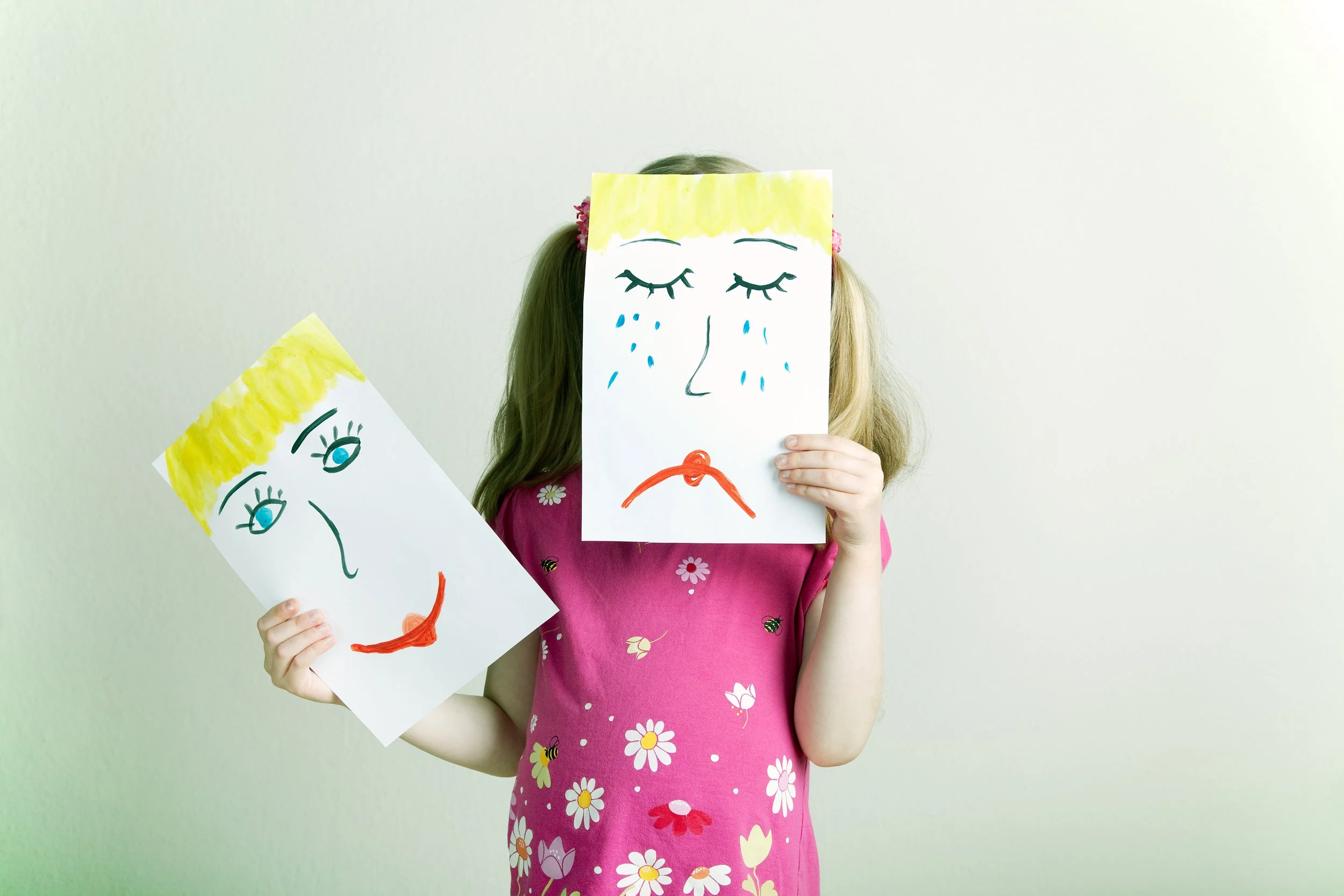
Why Art Therapy for Autism
and ADHD?
Autistic people often struggle to express themselves verbally. Perfectionism can lead to being afraid to say the wrong thing or the inability to pick up social cues can make back-and-forth conversation difficult.
ADHD is an Executive Functioning Disorder and too much information, instructions or tasks at once of can lead to overwhelm and the “freeze” response.
Creative Art Therapy processes provide alternate avenues for self-expression, uses Neurodiverse affirming practices. Sessions are client-led so that all choice of art making and materials used is by suggestion and invitation which is particularly helpful for Autistic resistance to directives.
Ways in which Art Therapy helps Autism
Decreases Anxiety
Creating art is a very Mindful activity and gives clients a break from anxiety producing head-chatter and, instead, puts the focus on what their hands are creating.
Meets Sensory Needs
Creating art calms and soothes sensory needs which assists emotional self-regulation. We offer scented crayons, making slime from scratch, clay, Play Doh, Paint Pouring fluid art, watercolours, finger paint, regular acrylic paint, and a wide range of tactile collagé materials. We also have fluffy, tactile chairs and if a client brings a special soft toy they enjoy touching, it is welcome to sit on the art table and join in the session.
Improves Motor Skills
Motor Skills are developed during the handling and use of art materials for example, using a paint brush helps with pencil grip, moulding and forming clay items improves hand dexterity while creating fine details, threading beads develops patience in handling small objects just to name a few examples.
Alternate Way to Communicate
Whether it be Autistic children or adults, art making provides a vehicle of expression that doesn’t require words. Meeting this need in someone who struggles to articulate themselves verbally offers them an alternative way to express themselves. This increases self-confidence because, through art, they are being “heard”.
Explores Social Cues
Not only can facial expressions and social cues be explored through art making, we have characters in our Art Studio with different facial expressions. Clients sometimes choose to bring these characters over to the art table and use them as inspiration for creating a painting or drawing depicting either emotions or social interactions.
Shifts Resistance and Rigid Thinking
Using the client-led approach to Art Therapy, all suggestions to clients is by invitation. This gentle, non-directive approach is especially helpful in working with Autistic and PDA clients who are resistant to being told what to do. Because they feel they have choice and have the freedom to explore during their art making and the materials they use, they are more likely to try new things.
We also use strategies to help Autistic clients increase acceptance of their artwork if it doesn’t turn out exactly as they had pictured it. This shift in rigid thinking is a skill transferrable to everyday life.







